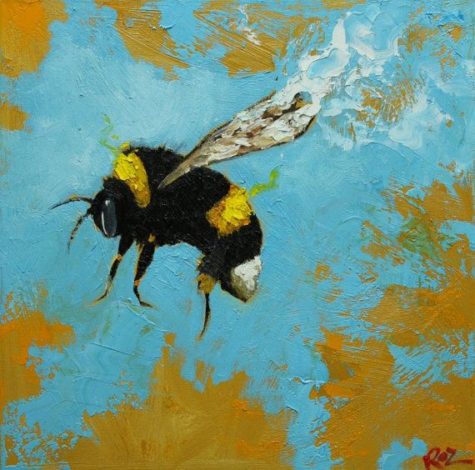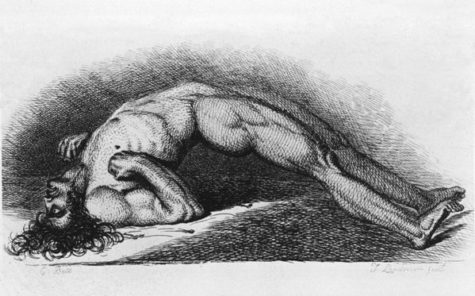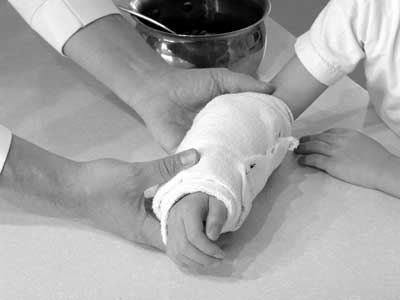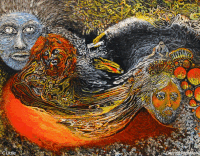Poultices
Ginger Tea For Pain
For pain, soak cloths in ginger tea and apply them directly to the painful areas.
To prepare the tea, chop the ginger root into small pieces. Use approximately one to three teaspoons of herb per cup of boiling water. Ginger is very strong, so if you have never used it before, start with the lesser amount of herb. Boil water but do not use an aluminum kettle. Pour water into a mug or pot leaving herbs to steep for at least five minutes, but don’t leave for longer than ten minutes or the tea may become bitter. For stronger tea, use more herb rather than steeping the tea for a longer time.
For the Sting of a Wasp or Bee
A Liverpool paper states as follows:
“A few days ago, happening to be in the country, we witnessed the efficacy of the remedy for the sting of a wasp mentioned in one of our late papers. A little boy was stung severely and was in great torture, until an onion was applied to the part affected, when the cure was instantaneous. This important and simple remedy cannot be too generally known, and we pledge ourselves to the facts above stated.”
From: Pow-Wows, or Long Lost Friend, by John George Hoffman, [1820]
Remedy For The Lock Jaw
We are informed by a friend that a sure preventive against this terrible disease, is, to take some soft soap and mix it with a sufficient quantity of pulverized chalk, so as to make it of the consistency of buckwheat batter; keep the chalk moistened with a fresh supply of soap until the wound begins to discharge, and the patient finds relief.
Our friend stated to us that explicit confidence may be placed in what he says, that he has known several cases where this remedy has been successfully applied. So simple and valuable a remedy, within the reach of everyone, ought to be generally known. ~N. Y. Evening Post.
From: Pow-Wows, or Long Lost Friend, by John George Hoffman, [1820]
Three Simple Poultices
Herbal poultices, generally made from the bruised, fresh leaves of special herbs, are frequently mixed with Slippery Elm and boiling water sufficient to give the mass consistency. Slippery Elm poultices are sticky, so enclose in a clean cloth before applying to open wounds and poisoned abscesses.
In old gangrenous wounds, an excellent antiseptic poultice is prepared by mixing with warm water or an infusion of Wormwood, equal parts of Slippery Elm powder and very fine charcoal and applying immediately over the part.
A very valuable poultice in cases where it is desirable to hasten suppuration or arrest the tendency to gangrene is made by mixing the Slippery Elm powder with brewer’s yeast and new milk.
Compound Bran poultice is made by mixing with hot vinegar equal quantities of wheaten Bran with Slippery Elm powder. This is an excellent poultice for severe rheumatic and gouty affections, particularly of the joints, synovitis etc.
Source: A Modern Herbal
For information on individual herbs visit: The Encyclopedia of Herbology
A Healing Salve
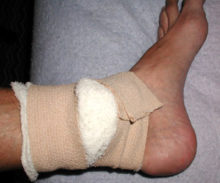 The Red Indians have long used this viscous inner bark to prepare a healing salve, and in herbal medicine a Slippery Elm bark powder is considered one of the best possible poultices for wounds, boils, ulcers, burns and all inflamed surfaces, soothing, healing and reducing pain and inflammation.
The Red Indians have long used this viscous inner bark to prepare a healing salve, and in herbal medicine a Slippery Elm bark powder is considered one of the best possible poultices for wounds, boils, ulcers, burns and all inflamed surfaces, soothing, healing and reducing pain and inflammation.
It is made as follows:
Mix the powdered bark with hot water to form the required consistency, spread smoothly upon soft cotton cloth and apply over the parts affected. It is unfailing in cases of suppurations, abscesses, wounds of all kinds, congestion, eruptions, swollen glands, etc.
In simple inflammation, it may be applied directly over the part affected; to abscesses and old wounds, it should be placed between cloths. If applied to parts of the body where there is hair, the face of the poultice should be smeared with olive oil before applying.
Source: A Modern Herbal
For information on individual herbs visit: The Encyclopedia of Herbology
Marsh Mallow Poultice
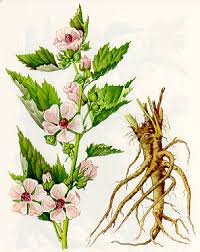 The powdered or crushed fresh roots of the Marsh Mallow make a good poultice that will remove the most obstinate inflammation and prevent mortification. Its efficacy in this direction has earned for it the name of Mortification Root.
The powdered or crushed fresh roots of the Marsh Mallow make a good poultice that will remove the most obstinate inflammation and prevent mortification. Its efficacy in this direction has earned for it the name of Mortification Root.
Slippery Elm may be added with advantage, and the poultice should be applied to the part as hot as can be born and renewed when dry.
An ointment made from Marsh Mallow has also a popular reputation, but it is stated that a poultice made of the fresh root, with the addition of a little white bread, proves more serviceable when applied externally than the ointment.
The fresh leaves, steeped in hot water and applied to the affected parts as poultices, also reduce inflammation, and bruised and rubbed upon any place stung by wasps or bees take away the pain, inflammation and swelling.
Pliny stated that the green leaves, beaten with nitre and applied, drew out thorns and prickles in the flesh.
Source: A Modern Herbal
For information about the individual herbs visit: The Encyclopedia of Herbology
Yarrow for Poison Ivy
- Make a paste of the dried flowers
- Add some clay and Comfrey (the Comfrey is optional) to make it stick
- Leave on 20 minutes.
- Blisters dry up and skin heals after one application.
Source
For information about the individual herbs visit: The Encyclopedia of Herbology
Saida: Salves To Heal Up Wounds
Brenda-Lee: Egg White Cough Cure
Pat Scott: Marsh Mallow Ointment
Sharon from Cleveland, Ohio: Egg White Cough Cure
Vagabond Witch: Soapwort Shampoo

